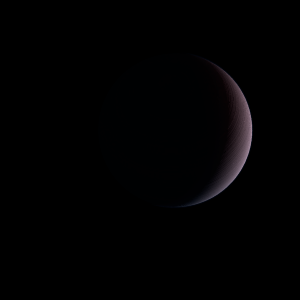|
|
Space Astro
|
Info for exoplanet "Kanesho-ru"
| Scientific (actual) data |
|---|
| Name | OGLE-2018-BLG-1700L b |
| Planet status | Confirmed |
| Planet mass | 4.4 |
| Semi major axis | 2.8 |
| Discovered | 2019 |
| Updated | 2019-09-12 |
| Publication | Published in a refereed paper |
| Detection type | Microlensing |
| Mass measurement type | Microlensing |
| Star name | OGLE-2018-BLG-1700L |
| Right ascension | 269.95° |
| Declination | -28.53° |
| Star distance | 7600 |
| Star mass | 0.54 |
| Wikipedia article | OGLE-2018-BLG-1700L b |
Back
| |
| Fictional info (?) |
|---|
| Suggested name | Kanesho-ru |
| Planet type | Large cold gas giant |
| .
It has been made sacred by members of many cultures, and has been a source of inspiration for musicians, calling it the "fallen light".
The volume of water detected has been estimated to be equivalent to the volume of water in the Black Sea.
somewhat troublesome trip.
The surface of this arid planet is occupied by small primitive plants that spend their life close to volcanos while hunting something called Resabya at night. They are believed to be related to the Nunemu, have fur and vary in size from 11 to 14 cm. They can survive temperatures from 40 to 130°C and even even a limited degree of radiation. |
| Estimated population | 150000000 |
| Atmosphere | Water | 47% |
| Oxygen | 34% |
| Methane | 18% |
| Carbon dioxide | 0.38% |
| Atmospheric pressure | 0.0013 bar |
 |
| No known satellites |
| Google search for Kanesho-ru |
|
Website by Joachim Michaelis
|
|
|
|